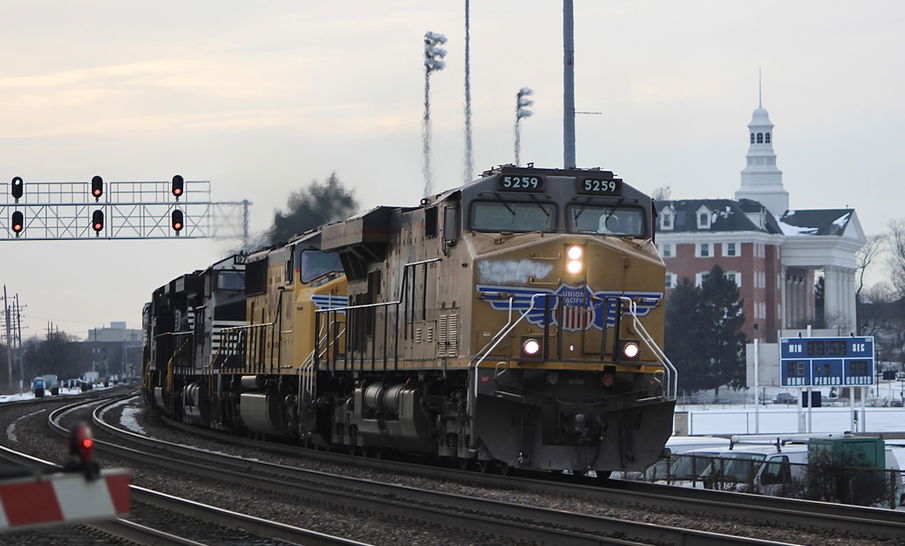The freight rail industry stands at a pivotal juncture with the proposed mega-merger between two giants, Union Pacific and Norfolk Southern, a deal poised to reshape North American transportation. This ambitious integration, if approved, would establish the first truly transcontinental U.S. freight railroad, a development met with starkly contrasting opinions from key stakeholders: apprehension from shippers who foresee reduced competition, and strategic endorsement from a rival, Canadian National, which identifies significant value in such consolidation.
A formidable obstacle to this railroad merger comes from a broad coalition of shippers, spearheaded by the influential American Chemistry Council. Their concerns are deeply rooted in the potential for diminished competitive options within the freight rail sector, arguing that such a consolidation could severely impact the efficiency and reliability of service for American manufacturing. They emphasize that the current landscape, where two railroads dominate the East and two the West, already presents limited choices, and a transcontinental union would only exacerbate this issue.
Shippers like the American Chemistry Council are vocal about the critical role of the U.S. freight rail system in their operations, stressing the necessity of efficient and dependable service to move products vital to the economy. Their opposition highlights a fundamental fear: that without robust competition, manufacturers, farmers, and energy producers could face increased costs and less responsive service, ultimately undermining their ability to compete effectively in the global marketplace.
Interestingly, Canadian National (CN), a major Class I railroad itself, has publicly acknowledged the discussions surrounding potential transcontinental rail mergers. While remaining focused on its own operational performance, strategic growth, and delivering long-term value for shareholders, CN’s statement to FreightWaves signifies its keen observation of these industry-altering developments. This perspective is particularly noteworthy given CN’s own unsuccessful bid for Kansas City Southern in 2021, which ultimately merged with Canadian Pacific (CPKC) in 2023, setting a precedent for recent large-scale consolidations.
The political dimension of the proposed Union Pacific and Norfolk Southern merger is also highly complex, with U.S. senators weighing in from different perspectives. Senators like Roger Marshall and Tammy Baldwin have urged the Surface Transportation Board to prioritize the interests of rail shippers and consumers during its review, expressing reservations about the merger’s potential adverse effects. Conversely, Nebraska senators Deb Fischer and Pete Ricketts have voiced support, citing the anticipated economic benefits for their state, underscoring the varied economic and political considerations at play.
Financially, analysts are scrutinizing the significant implications of the proposed $85-billion acquisition. Projections indicate a substantial increase in pro forma gross debt and net debt/EBITDA for the combined entity, necessitating robust synergy targets for financial viability. Management is reportedly aiming for $2.75 billion in run-rate synergies over three years, split between revenue enhancements and cost reductions. This ambitious target, while representing a significant percentage of combined revenue, is considered reasonable by some experts when compared to the synergy goals of previous large-scale rail mergers, such as the CPKC integration.
Further financial analysis suggests considerable room for operational improvements within the combined enterprise, particularly on the Norfolk Southern side. With Union Pacific considered an industry leader in precision railroading, there is an expectation that Norfolk Southern, which was later in implementing these practices, can achieve significant operating rate compression. This strategic alignment, coupled with targeted synergies, is projected to drive substantial growth in combined free cash flow, with management anticipating an increase from $7 billion in 2024 to $12 billion by 2029, bolstered by a 10% baseline growth. This financial outlook underscores the long-term economic vision underpinning this monumental railroad merger.






Leave a Reply